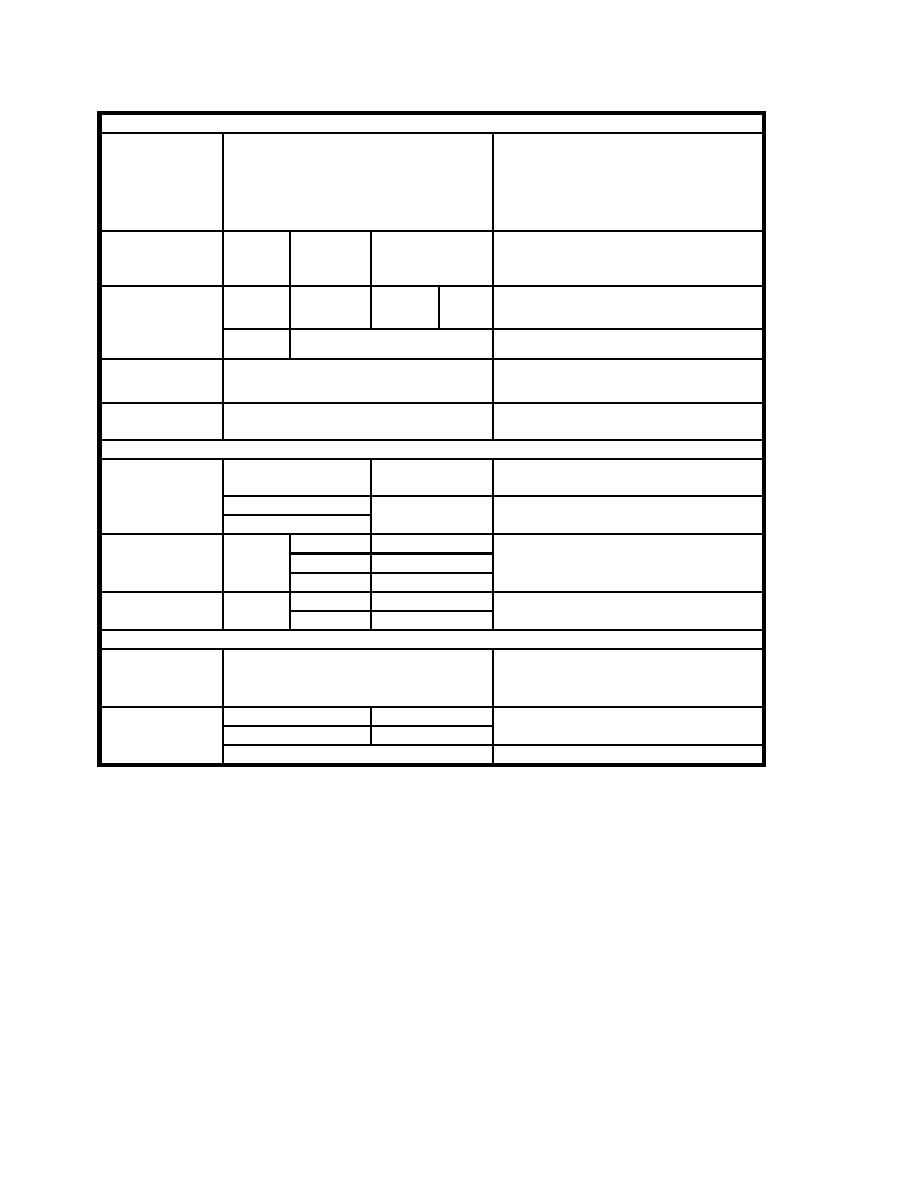
CVN 68 Class Shipyard Draft and Clearance Requirements
STATIC DRAFT
-
Accounts for:
Mean
37.9 ft
Actual operating condition (+2000 tons)
Service life weight growth (+70 tons/year)
94,800 tons (CVN 68-75)
Unreported weight
95,200 tons (CVN 76)
Variable loads at 55% full load capacity.
Assumes weight is added in best location.
Assumes good ship weight control.
-
Based on operational experience. Instances of
Trim
0.25
Bow
2.3 ft
greater trim do occur, but rarely when the ship is
degrees
Sea Chest
0.8 ft
at or near the limiting displacement.
Rudder
2.1 ft
-
Bilge Keel
Based on operational experience. Instances of
List
Pier
2
2.3 ft
Sea Chest
greater list do occur, but rarely when the ship is
degrees
1.4 ft
at the limiting displacement.
-
Assumed ship is leveled prior to transit.
Channel
0 degrees
TYCOM confirmation needed
-
All of the CVN 68 Class except CVN 70 have
Appendages
9 inches
discharge sea chest diffusers.
-
Assumed to be overshadowed by trim.
-
This calculation is port, season, and tide specific.
Salinity &
0.5 feet
-
(50% salinity reduction & 10o temperature rise)
Assumed constant.
Temperature
Dynamic Draft
-
This calculation is port specific.
Outer Channel
See Note
-
See indiv. port summary sheet for details.
Wind
-
Protected harbor.
&
Inner Channel
0 ft
Waves
Pier & Turning Basin
-
Based on wide channel that is 50 ft deep.
Squat
10 kts
Forward
0.9 ft
-
Shallower and/or narrower channels a/o higher
Aft
1.3 ft
speeds will require a greater allowance for squat
Sea Chest
1.0 ft
-
Based on operational experience, 10 kts and
Heel
1.4
Bilge Keel
1.6 ft
10 degrees rudder.
degrees Sea Chest
0.8 ft
Clearance
-
Based on operational experience at NOB and
Fouling
6 ft
NAVFAC study and applies to soft bottoms and
bottoms with loose sea growth.
-
Assumes diffusers are installed.
-
NAVFAC deterministic standard.
Grounding
Soft Bottom
2 ft
Hard Bottom
3 ft
-
Proposed probabilistic standard.
1/100
Attachment (1)
D-2



 Previous Page
Previous Page
